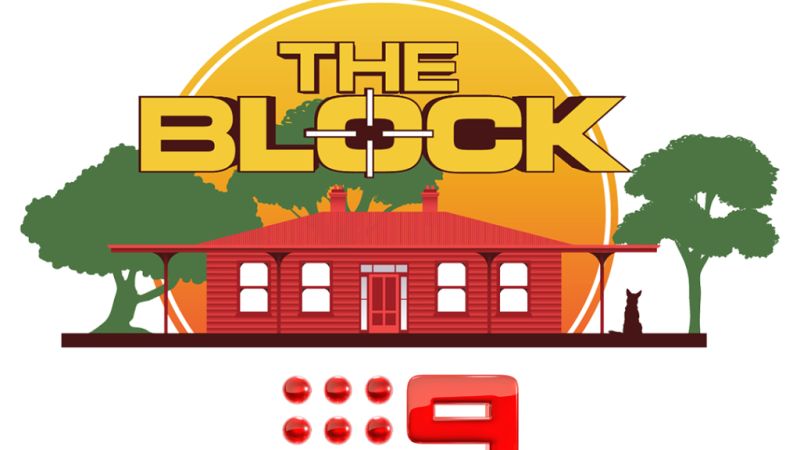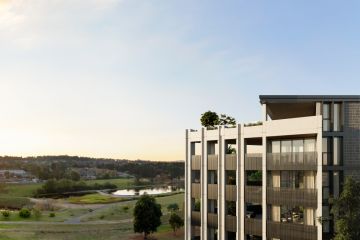8 home improvements that won't add value to your property

Renovations and improvements can drastically improve your home, but they come in many different forms. Certain home upgrades are worth the investment and others won’t add value when it’s time to sell.
“When renovating, always keep in mind what is going to appeal to a future buyer when the time comes to eventually sell,” explains Buyer’s Advocate and avid house flipper with 25 years real estate experience, Wendy Chamberlain.
Firstly, research your area to avoid going OTT
Before you jump into all the things you’d like to fix or renovate in your home, you need to do your due diligence. For anyone upgrading or renovating with an eye on recouping their investment come sale time, don’t overdo it.
Avoid improving your home too much? It may sound a little strange, but it could actually price your home outside of your suburb or area. It’s always good to do your research before embarking on any updates.
“Firstly, research your local area and the calibre of homes. Look at comparable listings and notice the inclusions of your competition,” advises Chamberlain.
“If you’re renovating a property with the primary aim to sell it, consider which updates or areas will result in the best return for every dollar spent.”
These are the home improvements that are a waste of money, if you’re planning to list your property.
1. Major kitchen updates
Kitchens are tricky – they also make our ‘home upgrades worth the money‘ list. Updated kitchens do bring value, but planning a full-scale renovation and ‘over renovating’ may be dropping cash down the drain.
Kitchens are often the most used area of a home and if a buyer needs to update parts of a kitchen, they’re more likely to change the entire area to suit their personal taste and needs. Spending money on a major renovation or adding in things like top-of-the-line appliances could lose buyers who aren’t aligned with your designs or simply don’t care.
“Some key areas may make the home look more modern, but ultimately, buyers may not care that much. Kitchens come to mind,” says Chamberlain. “If the existing kitchen, while dated, is functional, you may get away with leaving it as is and focusing your cash and efforts elsewhere.”
She references a project where a client was selling a 25-year-old home that had the original mint walls and green laminate benches in the kitchen.
“The client chose to paint the internal walls a crisp white, but the kitchen was not touched. It was functional, just out of date. As it turned out, the buyer was an investor that planned to rip the kitchen out anyway.”
In addition, Chamberlain explains that trying to fix up one or two items in a kitchen can actually work against you by highlighting the problem areas: “when you change one thing, the next looks dated.”


2. Major bathroom updates
Bathrooms follow the same philosophy as kitchens. An updated space adds value, but going OTT with renovating to include marble tiles and other luxury fixtures and fittings might seem like ‘wow’ factor to you, but often doesn’t return the value you’d expect.
3. Integrated heating and cooling systems
“Heating and cooling are areas unlikely to provide an immediate renovation return,” says Chamberlain.
A simple split system air conditioning unit will appease buyers and is affordable, but installing full ducting is a waste of money (up to $20,000 depending on the size of your home).
“Ducted heating and refrigerated cooling are expensive to install. For your reno, a cheaper yet effective split system heating/cooling unit may be just as adequate for the job.”
4. Messing with an existing floor plan
Taking away rooms is a big no, no for re-sale value and Chamberlain also warns against trying to move or remove load-bearing walls.
“You may think opening up the space or moving walls is a great idea, but touching load bearing walls and reconfiguring a floor plan can become expensive very quickly,” she explains.
“Not to mention the quickly escalating costs as soon as you need to move plumbing. If you can, stick to the existing layout and renovate the rooms and floor plan you already have.”
5. Invisible home maintenance upgrades
If you’re planning on living in your home for years, there are updates and maintenance that need doing in order for you to live comfortably and safely within your home. However, many of these are things you don’t see – such as plumbing or rewiring.
“Other big ticket items, while important, are often unseen and therefore not necessarily appreciated by buyers. These include rewiring, re-plumbing, re-stumping and needing a new roof,” says Chamberlain.
“Consider each area carefully before deciding to tackle it as part of your renovation, as you may not see a return on that investment.”
6. Inconsistent design
Adding in fancy gold tapware and marble tiles to a bathroom you’re updating sounds great, but if you leave that bathroom and the rest of the home has chrome fixtures and laminate flooring, for example, the design is inconsistent and won’t add the value you hope.
As Chamberlain explained earlier, changing one element can highlight the spaces that aren’t updated. Keep your design consistent to create cohesion throughout a space.
7. Bespoke features and luxury fittings
When you have decided on the design elements you’d like to include throughout your home in a consistent way, remember the mantra: don’t overdo it.
Installing things like top-of-the-line flooring, the latest tech, important tiles from Spain, fancy light fittings might wow some buyers at first glance, but other may not notice all the details you poured your heart and wallet into. This upper level of detail and quality is often not a return on your investment.
Similarly to bright colours, bespoke or custom high-end inclusions like an infrared sauna are often seen as personal. Buyers want to envision themselves in the space as their own. Adding these in before sale won’t increase the value of your property enough to justify the outlay.
8. Swimming pools
An updated outdoor area is one of the seven areas worth investing your money in (when not overdone), but swimming pools are a different and case-by-case story.
Firstly, you should be located in a climate suited to having a pool and there needs to be enough space for one. If you’re not ticking these two boxes, it would be a waste of money.
In some postcodes or for properties at the higher end of the market, pools may be an expected inclusion for a home – in which case, adding one will support the sale of your property. Other areas might be surrounded by schools and popular with young families, where again, a pool could work in your favour.
However, for many homeowners, pools are a headache because they mean two things: running costs and constant cleaning and maintenance.
If you’re in an area with older families or retirees, a pool may act as a deterrent. It’s important to go back to your research and work out what’s expected and desired in your area. Installing a pool is a major cost and if it can be avoided, will save you loads of cash.
We recommend
We thought you might like
States
Capital Cities
Capital Cities - Rentals
Popular Areas
Allhomes
More

/http%3A%2F%2Fprod.static9.net.au%2Ffs%2Ff885f9d0-7b61-437f-a129-9acdc0e87601)








